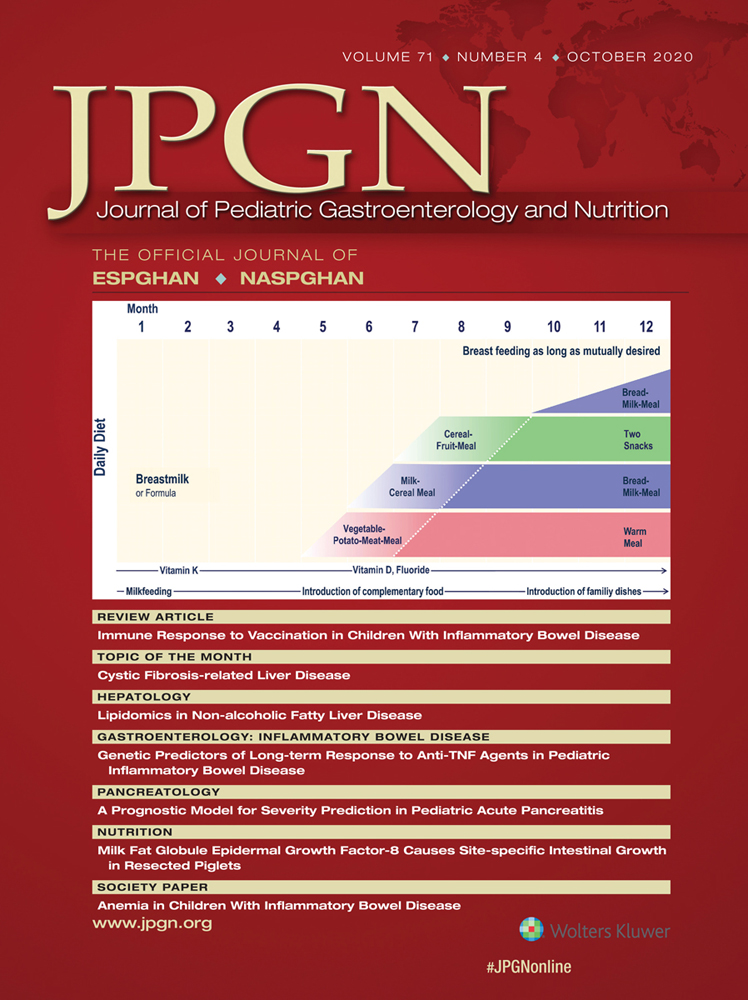High Patient Disease Burden in a Cross-sectional, Multicenter Contact Registry Study of Eosinophilic Gastrointestinal Diseases
The authors report no conflicts of interest.
Supplemental digital content is available for this article. Direct URL citations appear in the printed text, and links to the digital files are provided in the HTML text of this article on the journal's Web site (www.jpgn.org).
ABSTRACT
Objectives:
Clinical features of eosinophilic esophagitis (EoE) have been well-described in the literature, however, characterization of features experienced by patients with other eosinophilic gastrointestinal diseases (EGIDs) is lacking. Using data collected from a patient contact registry, we sought to characterize and contrast patient-reported gastrointestinal and extragastrointestinal symptoms and comorbidities in non-EoE EGIDs, including eosinophilic gastritis, gastroenteritis and colitis, relative to EoE.
Methods:
We conducted a cross-sectional study of contact registry data collected from 2015 to 2018. Statistical comparisons were made using chi-square (categorical measures) and the Mann-Whitney U test (continuous measures). Multivariable analyses were used to evaluate associations between treatment and feelings of isolation.
Results:
Of the 715 reporting an EGID diagnosis (n = 525 EoE; n = 190 non-EoE EGID), a higher proportion of those with a non-EoE EGID reported more frequent specific and nonspecific gastrointestinal symptoms, including nausea, abdominal pain, diarrhea, constipation, and bloating (P < 0.01 for all). Participants with a non-EoE EGID were more likely to report higher frequency of fatigue, isolation, and deep muscle or joint pain (P < 0.01 for all). Specific food elimination and elemental formula treatments were associated with increased odds of more frequent (at least weekly) feelings of isolation for participants with EoE (adjusted odds rtaio [aOR]: 2.4; 95% confidence interval [CI]: 1.5--4.1 for specific food elimination and adjusted OR: 1.9; 95% CI: 1.2--3.3 for elemental formula).
Conclusions:
Significant differences exist in the symptoms and comorbidities experienced between those with EoE versus non-EoE EGIDs. Additional investigation is needed to elucidate the factors that may contribute to the high disease burden of these poorly understood conditions.




